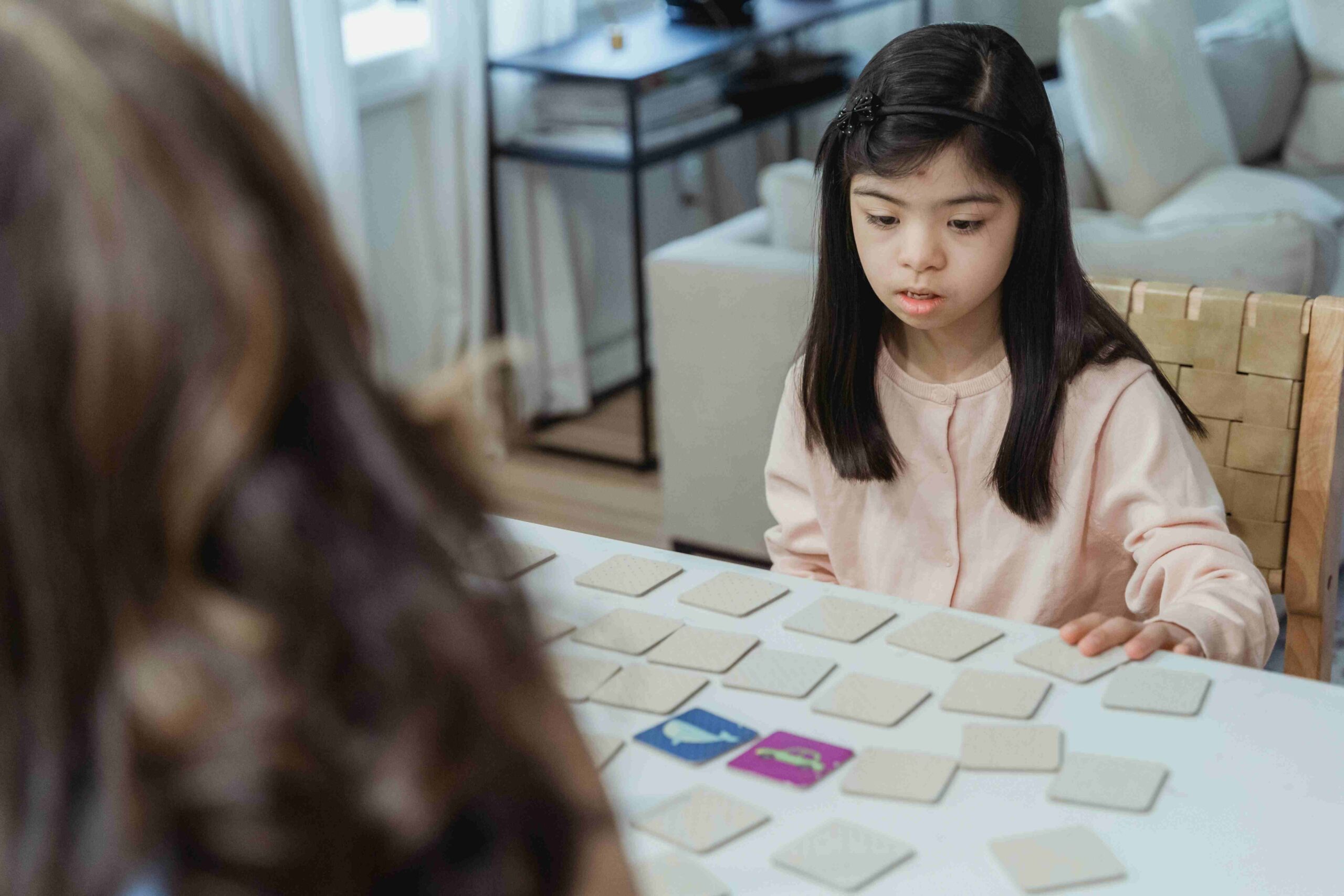With 9 years of experience in the kitchen, I’m passionate about crafting delicious recipes and sharing them with food lovers worldwide. 🍽️✨ Whether it’s a comforting homemade dish or a creative cocktail, my goal is to make cooking fun, easy, and enjoyable for everyone. Join me on this flavorful journey! 🍹🥗

The Best Educational Strategies for Children on the Autism Spectrum
Understanding Autism Education
Autism Spectrum Disorder (ASD) is a developmental condition that affects communication, behavior, and social interaction. Children with autism often experience the world differently, which can make traditional educational settings challenging. Understanding the unique needs of these children is the first step toward creating effective learning environments.
Tailored educational strategies are essential for children with autism because they address individual strengths and challenges. A one-size-fits-all approach rarely works, as each child on the spectrum has unique learning preferences and abilities. By focusing on personalized methods, educators can help children with autism thrive academically and socially.
Traditional classrooms often present significant challenges for children with autism. These may include sensory overload, difficulty with social interactions, and struggles with communication. Recognizing these barriers is crucial for developing strategies that support their learning and overall well-being.
Key Educational Strategies for Autism Learning
One of the most effective tools in autism education is the Individualized Education Plan (IEP). An IEP is a customized roadmap designed to meet the specific needs of a child with autism. It outlines goals, accommodations, and services that help the child succeed in school. Regular reviews and updates ensure the plan remains relevant as the child grows and develops.
Applied Behavior Analysis (ABA) is another widely used strategy in autism education. ABA focuses on improving specific behaviors, such as communication, social skills, and academic performance, through positive reinforcement. This evidence-based approach has been shown to yield significant improvements in children with autism.
Visual supports and structured learning environments are also critical. Many children with autism are visual learners, so tools like visual schedules, charts, and diagrams can enhance understanding and reduce anxiety. Structured environments provide predictability, which helps children feel secure and focused.
Social skills training and peer interaction programs are equally important. These initiatives teach children how to navigate social situations, build friendships, and collaborate with others. By fostering these skills, educators can help children with autism integrate more seamlessly into classroom settings.
Incorporating Technology in Autism Education
Technology has become a game-changer in autism education. Assistive technology tools, such as communication devices and sensory apps, empower children with autism to express themselves and engage with their surroundings. These tools bridge gaps in communication and learning, making education more accessible.
Educational apps and games are another valuable resource. Many apps are designed specifically for children with autism, offering interactive and engaging ways to learn new skills. These tools can reinforce concepts taught in the classroom and provide additional practice in a fun, low-pressure environment.
Virtual learning has also emerged as a powerful option for children with autism. Online platforms allow for flexible pacing and personalized instruction, which can be particularly beneficial for children who struggle in traditional classroom settings. Virtual learning also reduces sensory distractions, creating a more comfortable environment for focused learning.
Collaborative Approaches to Autism Education
Parents play a vital role in supporting autism learning. By working closely with educators and therapists, parents can reinforce strategies at home and provide consistent support. Open communication between parents and schools ensures that everyone is aligned in their efforts to help the child succeed.
Teacher training and professional development are equally important. Educators need specialized knowledge and skills to effectively teach children with autism. Ongoing training programs can equip teachers with the tools they need to create inclusive and supportive classrooms.
Building partnerships between schools and therapists is another key component of successful autism education. Therapists can provide valuable insights and strategies that complement classroom instruction. Collaboration between these professionals ensures a holistic approach to the child’s development.
Creating Inclusive Classrooms for Children with Autism
A sensory-friendly classroom design is essential for children with autism. This includes minimizing loud noises, bright lights, and other potential sources of overstimulation. Creating a calm and predictable environment helps children focus and feel more comfortable.
Promoting acceptance and understanding among peers is another important step. Educating classmates about autism fosters empathy and reduces stigma. When children understand and appreciate their peers’ differences, they are more likely to form meaningful connections.
Strategies for reducing overstimulation and anxiety are also crucial. This might include providing quiet spaces, using noise-canceling headphones, or allowing breaks when needed. By addressing these challenges, educators can create a more inclusive and supportive learning environment.
Measuring Success in Autism Education
Tracking progress through data and observations is a key part of autism education. Regular assessments help educators identify what’s working and where adjustments are needed. Data-driven decisions ensure that strategies remain effective and aligned with the child’s goals.
Celebrating small wins is equally important. Children with autism often make incremental progress, and recognizing these achievements boosts their confidence and motivation. Positive reinforcement encourages continued growth and learning.
Adjusting strategies based on individual needs is a continuous process. As children grow and their needs evolve, educators must remain flexible and responsive. This adaptability ensures that each child receives the support they need to succeed.
Conclusion
The future of autism education is bright, with innovative strategies and technologies continually emerging. By focusing on individualized approaches, collaboration, and inclusivity, we can empower children with autism to reach their full potential.
Effective educational strategies not only enhance academic performance but also improve social skills, communication, and overall quality of life. Let’s work together to create a world where every child with autism has the opportunity to thrive. Take the first step today by exploring these strategies and advocating for inclusive education in your community.




